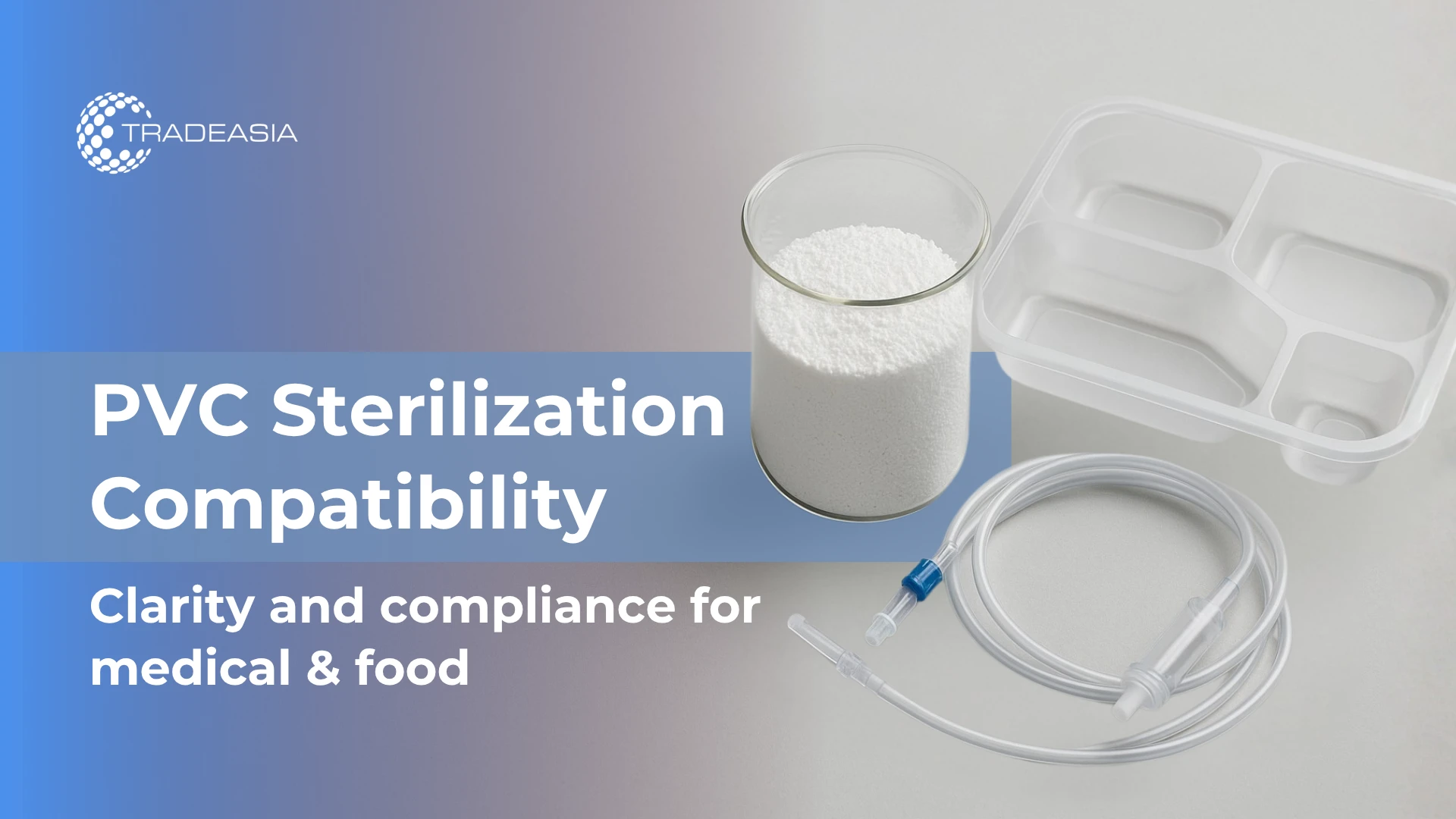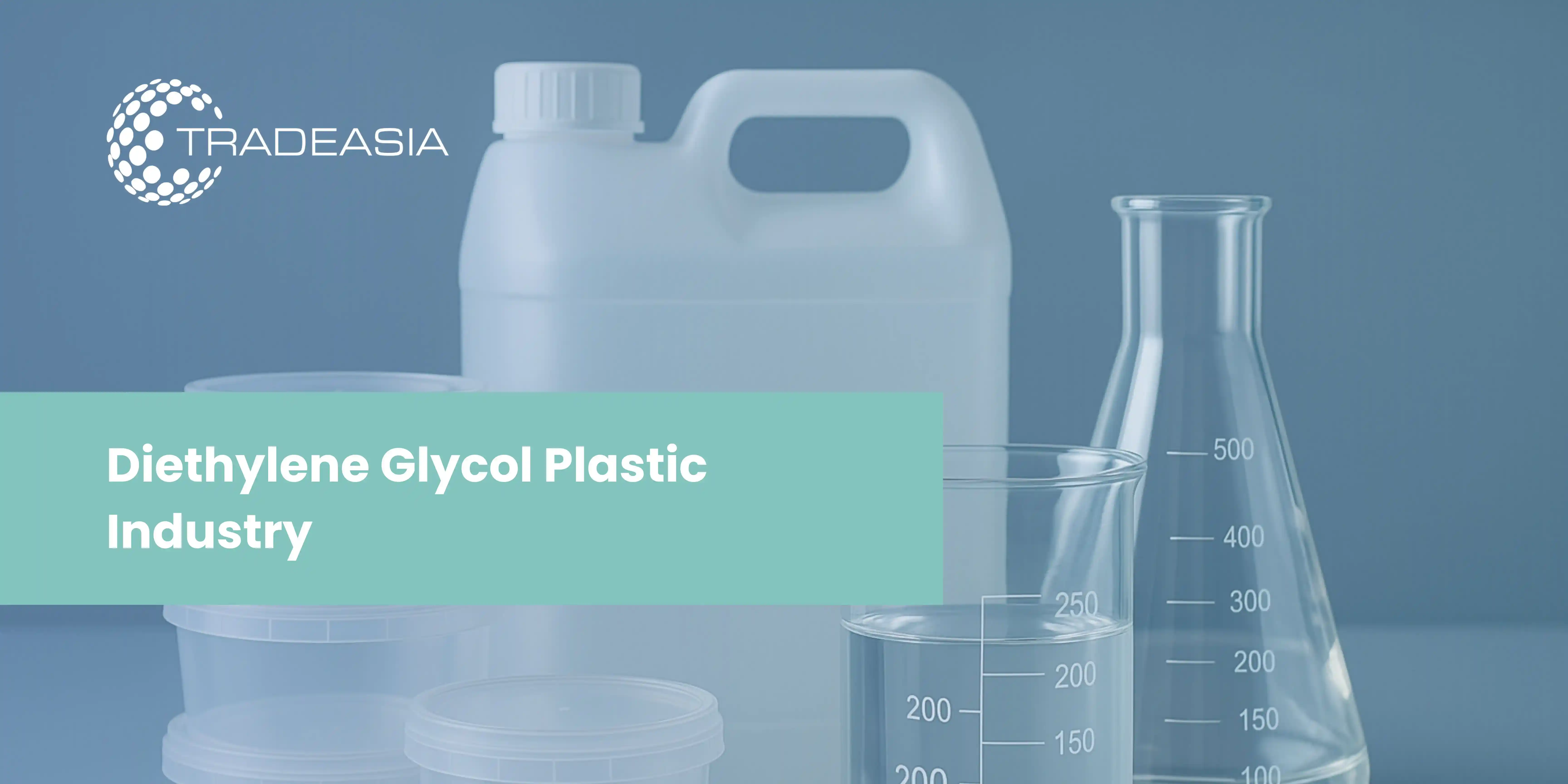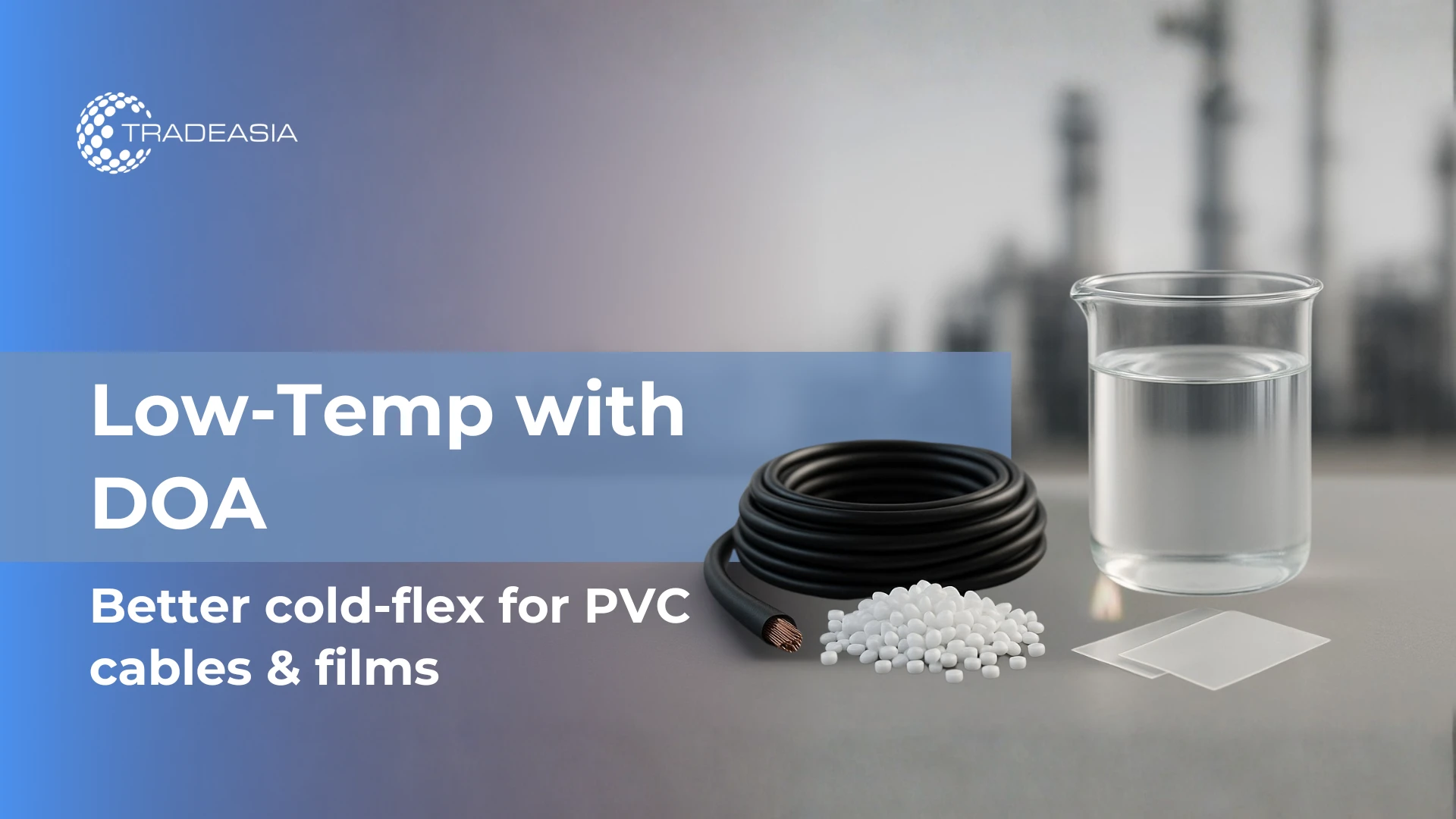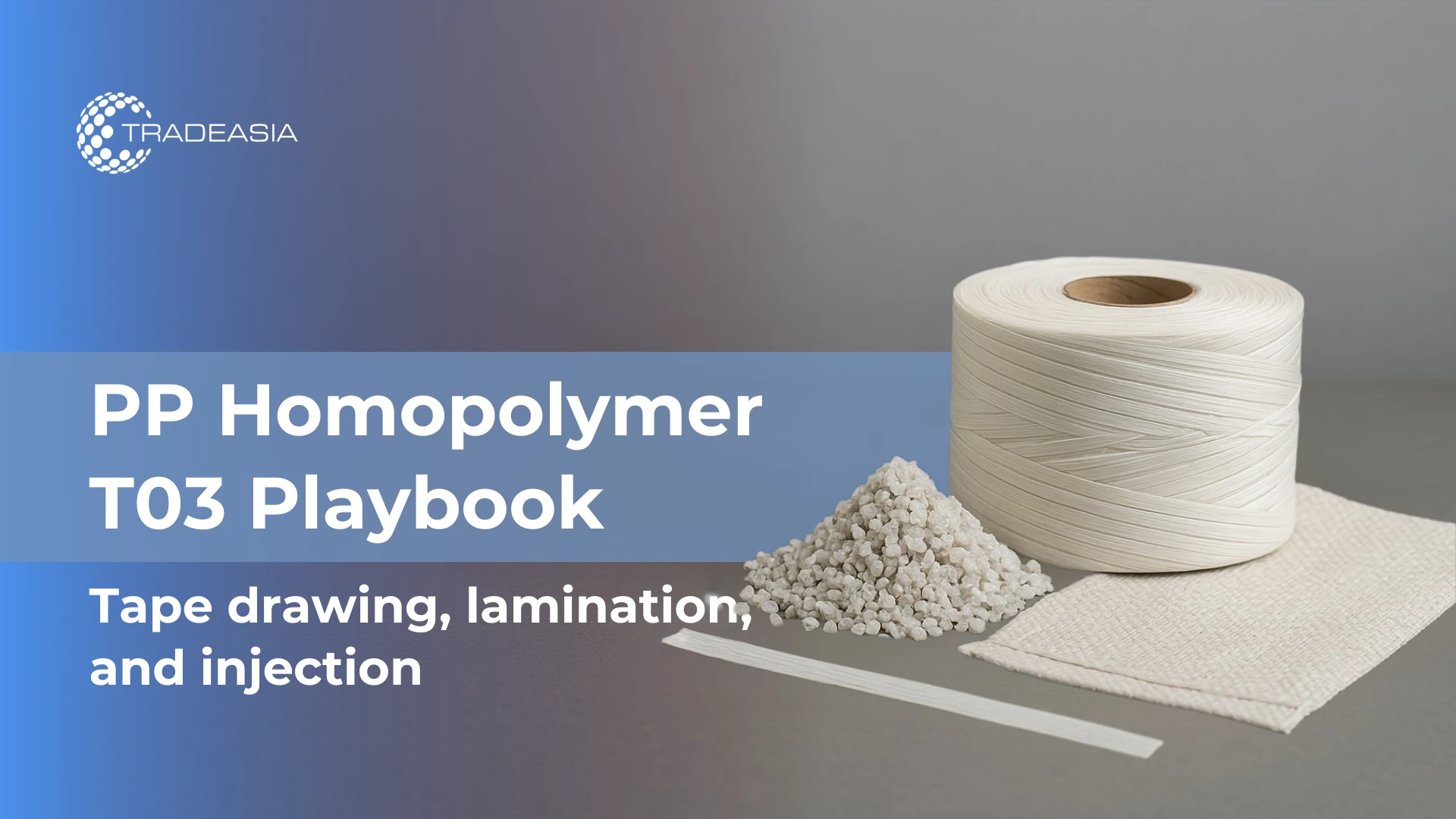Medical and food-contact PVC compounds must balance performance with stringent regulatory expectations. This guide covers compliant plasticizer choices (DEHP-free), sterilization compatibility, extractables/leachables (E/L), documentation, and supplier audits—so your teams can scale safely from pilot to validated production.
1. Regulatory Map: Food-contact vs Medical
Food-contact PVC must meet migration limits and positive-list requirements defined by authorities (e.g., FDA and EFSA). For recycled content, consult the U.S. FDA guidance on recycled plastics in food packaging (read more). For the EU, see EFSA’s topic hub for food-contact materials. Medical applications are governed by biocompatibility standards; ISO 10993-1 provides the biological evaluation framework for medical devices.
2. Plasticizer choices: DEHP-free options and trade-offs
To meet market and hospital policies, many formulations move to DEHP-free systems: DOTP, DINCH, TOTM, or specialty trimellitates.
- DOTP: good general performance and migration profile for food packaging; watch cold-flex limits in deep-freeze uses (blend if needed).
- DINCH: widely used in medical for softness and low migration; cost premium vs general-purpose phthalates.
- TOTM/trimellitates: excellent high-temp and low volatility for flexible tubing and blood bags; higher viscosity demands process tuning.
3. Sterilization compatibility: EtO, steam, gamma
PVC compounds for medical devices and some food-processing components must tolerate sterilization without losing mechanical integrity or clarity.
- Ethylene oxide (EtO): broadly compatible; ensure complete aeration to avoid residuals.
- Steam/Autoclave: needs heat-resistant stabilizer/plasticizer systems; trimellitates often perform best.
- Gamma/E-beam: may induce yellowing or embrittlement; tune antioxidant/stabilizer packages and track color drift.
When claiming compatibility, back statements with internal validation plus frameworks such as ISO 10993-1.
4. Extractables/ Leachables & sensory for food packaging
E/L programs quantify potential migrants under simulated use. For food-contact PVC, run overall and specific migration per your market’s regime and verify organoleptics (taste/odor). The FDA recycled-plastics guidance explains decontamination validation if recycled inputs are considered. Keep sensory testing protocols standardized (triangle tests, trained panels) and link failures to root-cause—plasticizer purity, stabilizer interactions, or residual solvents/EtO.
5. QC & documentation: COA, DoC, change control
Set a lot-release regime covering hardness (Shore A), tensile/elongation, volatility, specific migration, and color (APHA/L*a*b*). Publish COA per lot and maintain a Declaration of Compliance (DoC) mapping composition vs allowable use. Establish change control for supplier/stabilizer/sterilization changes—with re-validation rules.
To keep an accessible for recycled inputs in food packaging, access EFSA’s materials hub.
6. Supplier audit & risk mitigation
Audits should verify incoming material controls, batch traceability, calibration of test equipment, operator training, and clean-room/controlled-area practices for medical lines. For global claims around recycling and recovery, anchor SOPs and customer specs to ISO 14443.
Conclusion
Designing compliant PVC compounds is faster when you standardize documentation, choose DEHP-free plasticizers fit-for-purpose, validate sterilization, and run disciplined E/L programs. If you need medical- or food-grade PVC Resin with the paperwork ready, you can source it directly from Tradeasia—specifications and requests on our PVC Resin Product Page. Lot-specific COAs are available via the our Download Center to speed up qualification. For more exploration about other PVC Products, access our PVC Product Category.




Leave a Comment